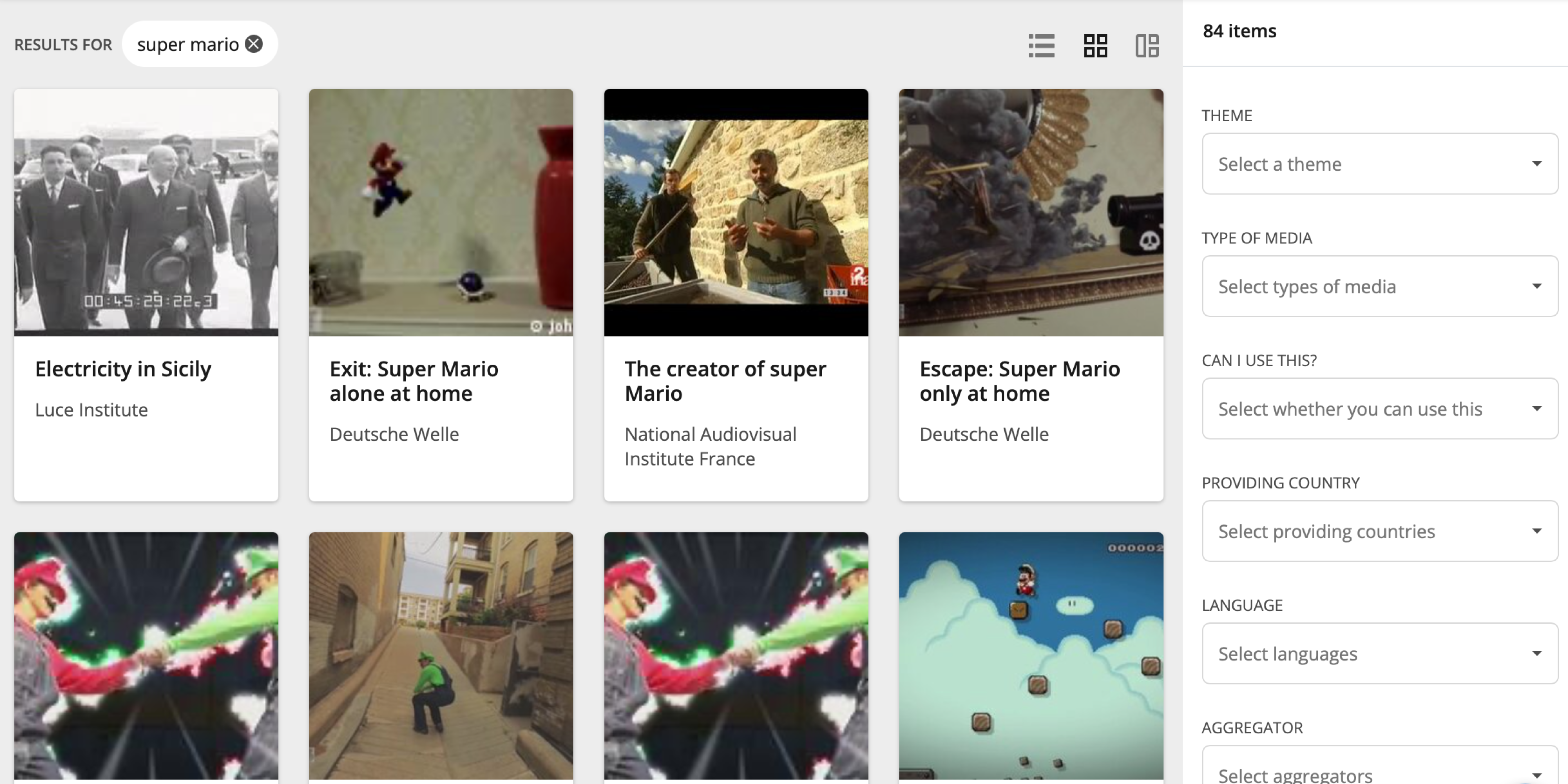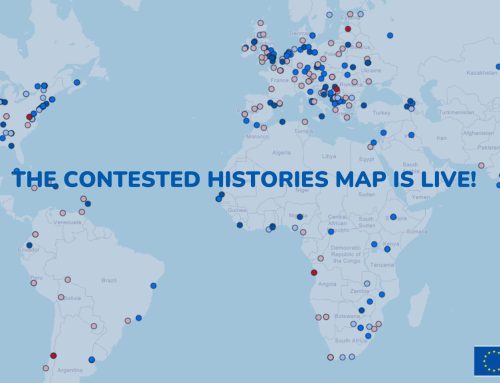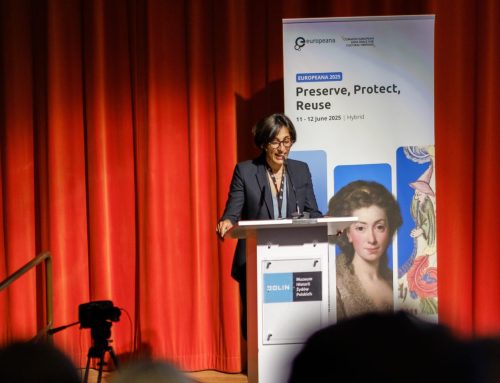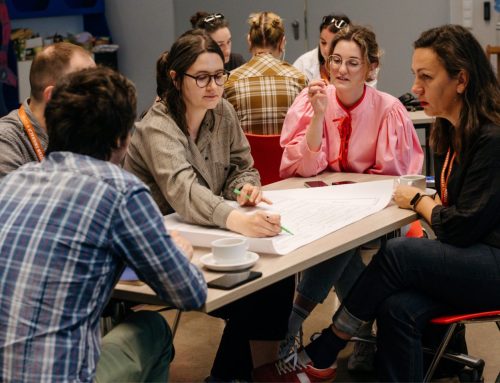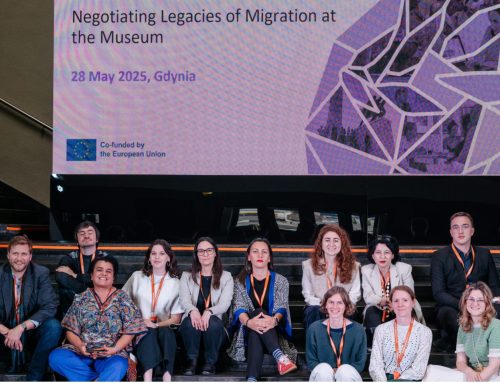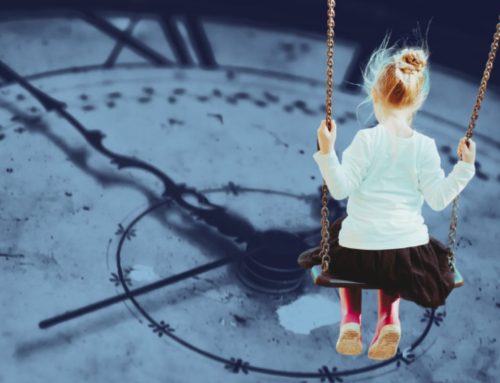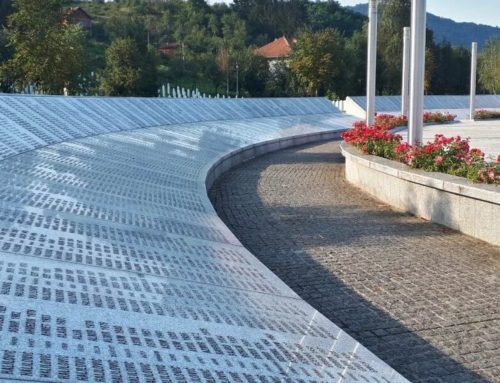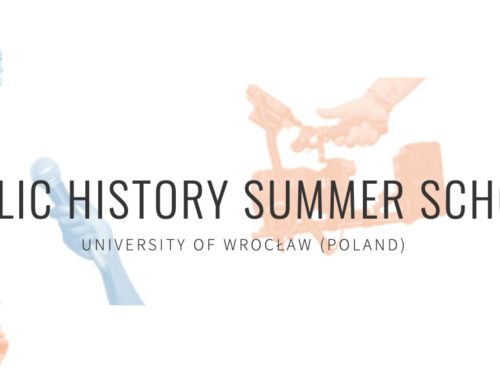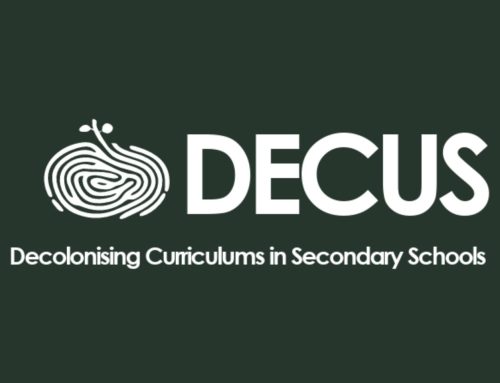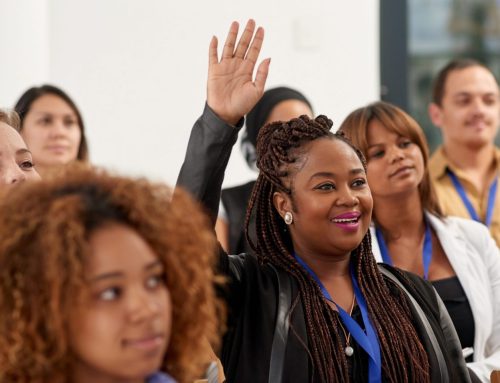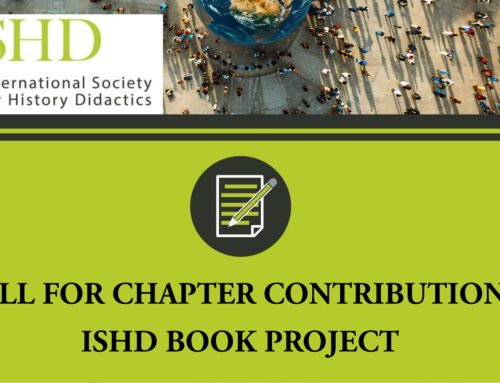A practical toolkit and a four stages procedure for working on students’ empathy in the history classroom.
1.Introduction
An extensive record of bias, exclusion and discrimination towards minorities passes throughout Europe. As history teachers, we know that studying these issues in depth gives learners a chance to develop self-reflection, social engagement, and critical thinking skills
The Council of Europe provides materials on these topics that can be adapted to classroom implementation*. But how can we concretely enhance empathy and understanding of the complexities we face in modern society through the lens of history? How do we motivate students to connect the past with the present, while raising their ability to detect stereotypes and challenge prejudices? This article provides some practical tips for a human rights-based approach that can be easily replicated for the secondary education context, in order to offer students important insights to respond to anti-Semitism, racism and other forms of discrimination.
2. The resources
As a member of the Italian Europeana Education User Group, which is part of the Europeana DSI-4 project, I often use the Europeana digital archive to convey history contents through a wide diversity of media and types of documents offered on this platform. These resources are a powerful tool to include hidden and marginalised histories within the disciplinary frame and to reflect on the process underlying prejudices in order to prevent radicalisation and the consequences of violent extremism. Europeana promotes 21st century skills such as collaboration and teamwork, problem-solving, media literacy, digital competence and new pedagogical trends, like project-based learning or inquiry-based learning.
In the Teaching with Europeana blog, teachers share their experience in incorporating Europeana resources within their classrooms. Some of the learning scenarios collected in the blog are focused on embedding bias analysis into traditional history education For an example of the classroom activities you can build on the Europeana website aimed at promoting tolerance and respect towards diversity, see my lessons dedicated to this topic.*
3. Our four step approach
When teaching about bias in history, the main obstacle educators may encounter is motivating learners to interact with cognitive and emotional issues that can arise from such materials.
The following picture features a four stage approach aimed at supporting educators who want to implement these topics through informal education practices:
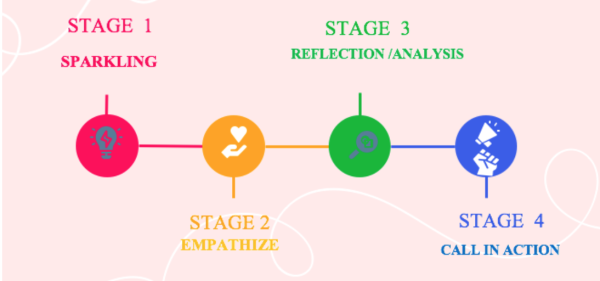
2.1 Stage 1: Sparkling
At the beginning of a unit, igniting interest in students plays a pivotal role within the learning process: the goal is to stimulate a further exploration of the topic in the second stage through personal or group enquiry.
What about if the analysis of stereotypes on the working class and the history of its rights movement would start from the examination of cliches connected to the video game character Super Mario Bros featured in Europeana collection of posters and images of this hero? And what if we challenged our students to search Europeana for a realistic portrait of Her Majesty Charlotte, the wife of George II, in which the royal’s darker skin tone and curly hair are evident, connecting the historical figure with the character of the Queen from the famous TV series Bridgerton?
Another example would be to to encourage student curiosity towards the Suffragette movement while linking it to the modern feminists Guerrilla Girls. Teachers can use a curious ‘hook event’ such as Mary Richardson’s attack on the Velázquez painting The Toilet of Venus (The Rokeby Venus) illustrated in this Europeana resource.
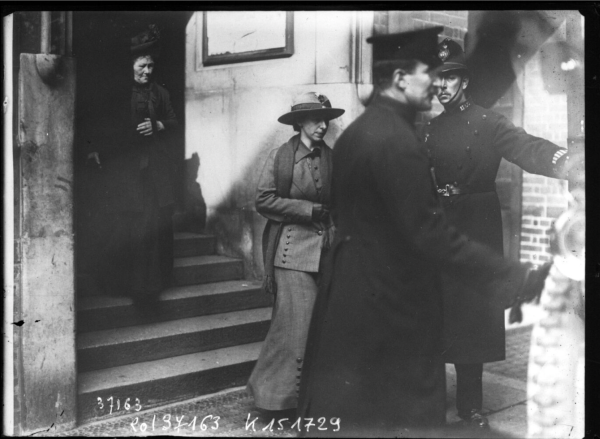
Mary Richardson’s attack on the Velázquez painting The Toilet of Venus (The Rokeby Venus)
Never underestimate the fascination of novel factors hidden behind objects that seem to unveil untold stories: a simple search on Europeana can offer a series of cues for activities that stimulate our pupils’ storytelling and investigation skills together with their creativity and imagination.
This is the case of the participant card issued to young athlete Werne Stieler, a member of SC Wacker Leipzig, for the Olympic Youth Camp during the 1936 Berlin Olympic Games: on the back of the card we find the original autograph signature of the black American champion Jesse Owens. What a better occasion than this to talk to our students about Nazi racial laws?
2.2 Empathise
In the second stage, teachers work on empathy utilising the Harvard Project zero’s routine Think, Feel, Care that asks learners to step inside the role of a character and to imagine how they may think, feel, and what they might care about from that point of view. When engaging with this thinking routine, it is important for students to push beyond stereotypes and to try to imagine the lived experiences of particularly marginalised people. This is a great exercise to foster their awareness of otherness and diversity. Examples of the application of this routine in the history classroom can be found in my presentation in the Europeana 2022 MOOC Teachmeet.
2.3. Reflection/analysis
The third step of the approach is based on the close observation of a portion of a primary source document. This activity is inspired by the teaching strategy “Crop it” and consists in its digital adaptation. Students are asked to frame a portion of a Europeana item through an online image cropping tool such as Img2go and then discuss their choice with classmates. This strategy requires students to notice, identify, and respond to specific portions of an image before interpreting the image’s overall meaning and impact. The activity can be expanded by using Google Drawings: the cropped parts of the image become hotspots to be enriched by students with hyperlinks (video, scripts, documents, web pages) in order to narrate a story, enhance knowledge, and empathise with the idea of ‘otherness’. In this way, static images are turned into interactive and immersive visual experiences.
2.4. Call to action
The last stage of the procedure is focussed on students’ protagonism and activism: the knowledge has to be transformed into concrete actions to create a final outcome.
Utilising the project-based learning approach, learners as social agents are involved in real life tasks based on civic engagement and change –making processes, e.g.: creating a virtual exhibition on bias and Totalitarian regimes in Artsteps* or Mozilla Hubs* or ideating a campaign to fight and dismantle gender stereotypes connecting Europeana resources with the Story that Move portal.
Written by Emma Abbate
Emma Abbate is a teacher of Latin, History, and Geography in English since 1998/9, expert in CLIL (Content and Language Integrated Learning) methodology and Cultural & Linguistic Mediation, with a Ph.D. in History (University Federico II, Naples). She teaches in the Cambridge International IGCSE® High School Armando Diaz (Caserta), she is author of digital content and free-lance researcher. Emma is Scientix Ambassador, member of the Europeana User group, of the European Film Factory focus Team, and of the 3Rs EUN project’s teachers panel.
Emma cooperates with the University of Naples L’ Orientale as a CLIL teachers’ trainer, she gained specific expertise in Erasmus+ project management as coordinator of several projects funded by the EU.
*For Roma and travellers see https://www.coe.int/en/web/roma-and-travellers
For sexual orientation and gender identity see https://www.coe.int/en/web/sogi/resources
https://www.coe.int/en/web/genderequality/gender-stereotypes-and-sexism
https://www.coe.int/en/web/holocaust/-/queer-in-europe-during-the-second-world-war
*On gender stereotypes: https://teachwitheuropeana.eun.org/learning-scenarios/the-mad-mina-and-the-invisible-gender-ls-it/
On body stereotypes: https://teachwitheuropeana.eun.org/learning-scenarios/everyones-a-freak-en-cur-614/
https://teachwitheuropeana.eun.org/learning-scenarios/the-never-ending-search-for-the-perfect-body-ls-it-528/ Others similar Learning scenarios will soon follow on the same website.
* See the Etwinning project “A memoir of loyalty and resistance” awarded with the Euroopean quality label certificate https://twinspace.etwinning.net/122022/ and the virtual exhibition on Artsteps: https://www.artsteps.com/view/5feafd7867bc394043d9ff11
*For the use of Mozilla Hubs and Europeana resources see my presentation in https://pro.europeana.eu/event/europeana-minecraft-and-mozilla-hubs-a-gamified-approach-to-digital-archives

